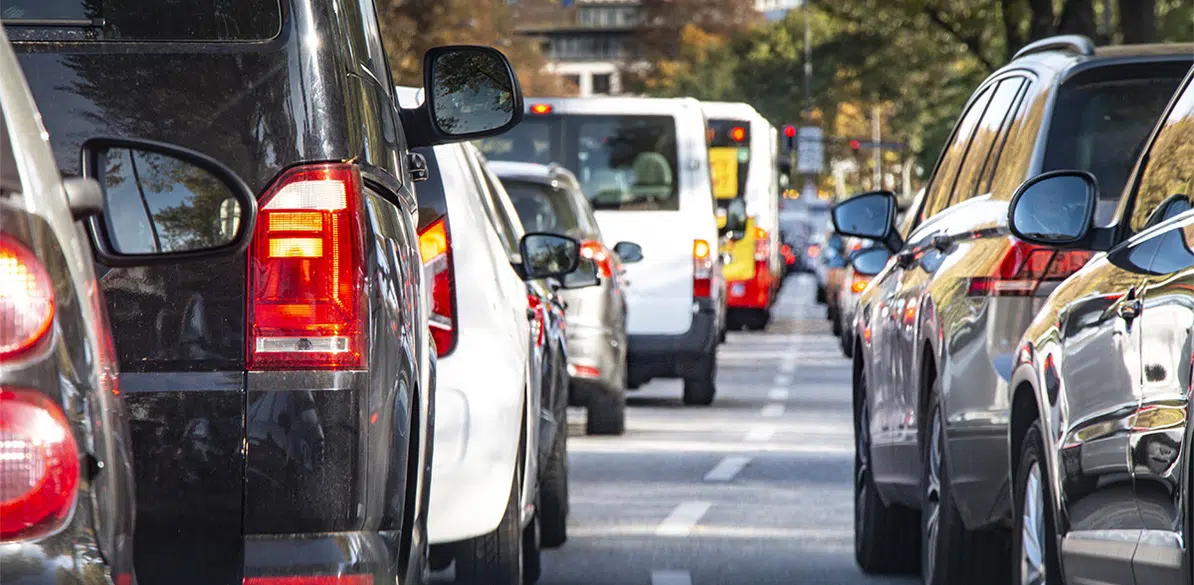AEB URBAN – Autonomous emergency braking
Autonomous urban emergency braking

Objective
Helps to avoid or minimize the consequences of a rear-end collision in the city, up to speeds of about 50 km/h.
How it works
If the driver of the vehicle is distracted and there is a risk of a rear-end collision, this system senses imminent danger and acts in two ways.
- A warning light is activated on the dashboard or windshield and then an audible alarm alerts the driver that there is a risk of collision.
- If the driver does not heed the warning, the AEB URBAN system will take control of the vehicle, applying emergency braking to stop it.
Normally the AEB URBAN system is programmed to detect the rear of passenger cars, trucks and buses, not all systems detect motorcycles.
Components
The AEB URBAN system collects information using different types of sensors:
- Camaras: positioned in the upper area of the windshield.
- Radar: usually located behind the front emblem or in the ventilation grille.
- Lasers: known as LIDAR, these are placed in the same area as the cameras.
It also uses information from other sources to learn more about the driving situation:
- Accelerator control position sensor.
- Brake pedal position or circuit pressure sensor.
- Steering wheel turning angle.
- ESP control unit.
The AEB URBAN system’s control unit acts on the brake pump to stop the vehicle without the driver’s involvement, so braking is performed autonomously.
Collisions avoided
- Distractions in urban traffic at speeds below 50km/h.
- Rear-end collisions with other vehicles.
Effectiveness
According to CESVIMAP research, the AEB URBAN system reduces urban rear-end collisions by 40-60%.
Use and limitations
In situations involving adverse weather conditions or if the sensors are dirty, the AEB URBAN system may not work, in which case the driver will be warned via an alert or message on the dashboard informing them of this anomaly.
Most of these systems are programmed to detect only the rear of trucks and cars; usually they do not detect motorcycles, bicycles or pedestrians.
Likewise, the system would not work in the event of a collision with the side of another vehicle.
The URBAN AEB system is very useful in these cases:
- Entrances onto roundabouts.
- Traffic jams.
- Traffic lights.
If the driver performs an evasive maneuver, the system disconnects, leaving them in full control of the vehicle.
Cost
The cost of this system ranges between 200 and 800 €. It is beginning to be introduced as standard equipment in some vehicles, but in others it is available as an option.
Warning
The AEB system should not be confused with the forward collision warning system (FCW), since that system is limited to warning of collisions and it does not decelerate or brake the vehicle under any circumstances.
Mandatory
The AEB URBAN system is mandatory in new approvals, from July 2024.
